Production just around the corner for Stratabound
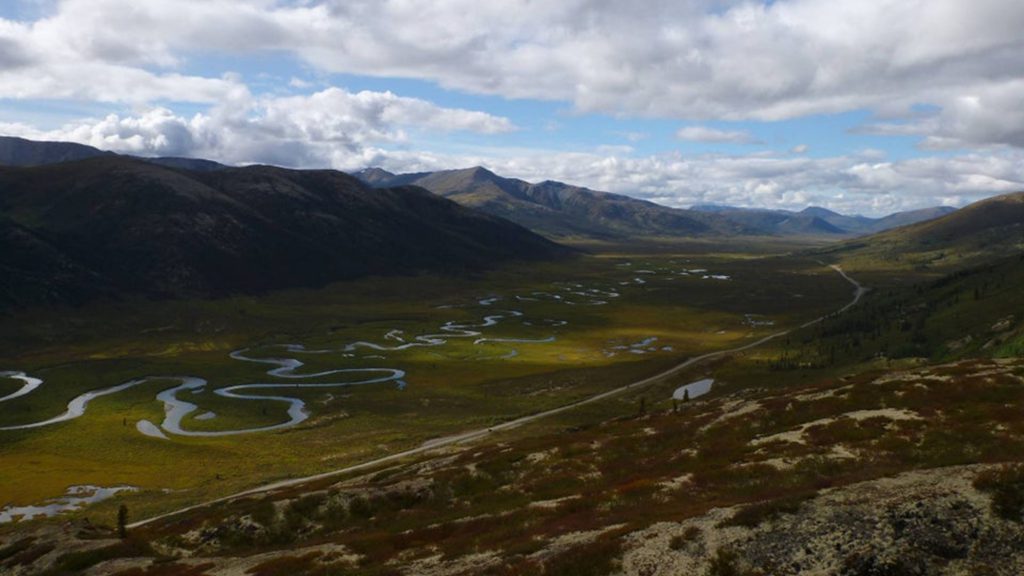
Stratabound Minerals Corp. [SB-TSXV; SBMIF-OTCQB] has entered a transformation phase that could see the company adding gold production to a portfolio that includes early-stage gold exploration at projects in the Canadian Yukon and New Brunswick.
Leading the drive to production is Stratabound CEO Kim Tyler, a mining and exploration professional with over 40 years of progressive management and executive experience in a career that includes spells with Vale SA [VALE-NYSE], Rio Tinto Plc [RIO-NYSE], and Royal Oak Mines.
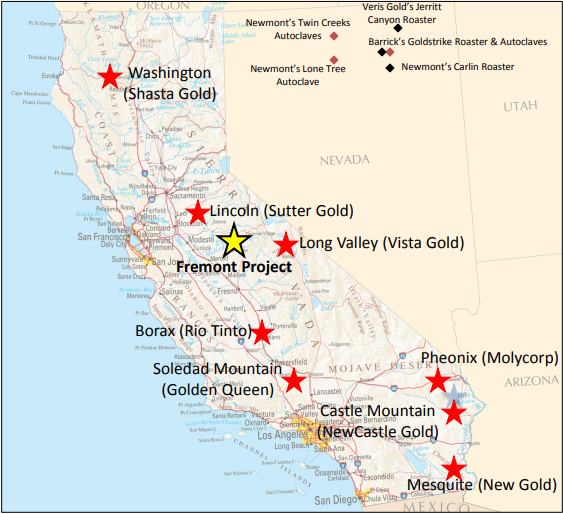 Stratabound took a major step in that direction in August 2021, when it acquired the advanced Fremont Gold project, a property that is located in the Mother Lode Gold Belt in California, 280 miles east of San Francisco. The deal immediately added a NI-43-101 compliant indicated and inferred resource of 879,000 ounces of gold to Stratabound’s asset base.
Stratabound took a major step in that direction in August 2021, when it acquired the advanced Fremont Gold project, a property that is located in the Mother Lode Gold Belt in California, 280 miles east of San Francisco. The deal immediately added a NI-43-101 compliant indicated and inferred resource of 879,000 ounces of gold to Stratabound’s asset base.
Stratabound said Fremont provides a tremendous opportunity to expand well beyond its current gold resources, is complimentary to the company’s existing early-stage assets and is a powerful catalyst for growth. “This is a very good quality project,” Tyler said. “It just needed to be in the right hands.”
Yet the transaction flew under the radar screens of investors, leaving Stratabound highly undervalued, in Tyler’s opinion, in comparison to some of its peers. The company has $5.1 million in cash after recently raising $1.9 million from a private placement financing in November, 2021.
On December 14, 2021, Stratabound shares were trading at $0.09 in a 52-week range of 32.5 cents and $0.08, leaving the company with a market cap of $15.5 million, based on 173.1 million shares outstanding.
The Fremont Project is located at the southern end of the Mother Lode Gold Belt in California and consists of a 3,353-acre land package. Underground mining was carried out intermittently on the property from the 1850s to 1944.
 The property hosts several gold-mineralized occurrences, including the historical Pine-Tree Josephine mine, which was active until 1944, producing approximately 490,254 tonnes of ore containing 126,000 ounces of gold. Gold mineralization is structurally controlled and hosted in altered quartz veins, vein networks, and wall rock adjacent to and along major regional scale faults.
The property hosts several gold-mineralized occurrences, including the historical Pine-Tree Josephine mine, which was active until 1944, producing approximately 490,254 tonnes of ore containing 126,000 ounces of gold. Gold mineralization is structurally controlled and hosted in altered quartz veins, vein networks, and wall rock adjacent to and along major regional scale faults.
Stratabound released a September, 2021, technical report prepared by SLR Consulting (Canada) Ltd. to support the disclosure of an updated mineral resource estimate for the Pine Tree-Josephine deposit and to document subsequent exploration work.
The highlight was an 2.1% increase in the indicated resources and a 24.2% jump in inferred resources.
According to the technical report, the open pit mineral resource is now estimated at 0.4 g/t gold cut-off grade and based on a gold price of US$1,800 an ounce. It includes 10.2 million tonnes at an average grade of 1.60 g/t gold or 526,000 ounces in the indicated resource category.
On top of that is 10.9 million tonnes at an average grade of 1.29 g/t gold for 452,000 ounces in the inferred category.
The current resource spans approximately 950 metres along strike and reaches 350 metres below surface, remaining open along strike and at depth.
“We hope to get production going in about two to three years,” said Tyler. He envisages a high-grade heap leach starter operation as roughly 15% of the resource is amenable to heap leaching.
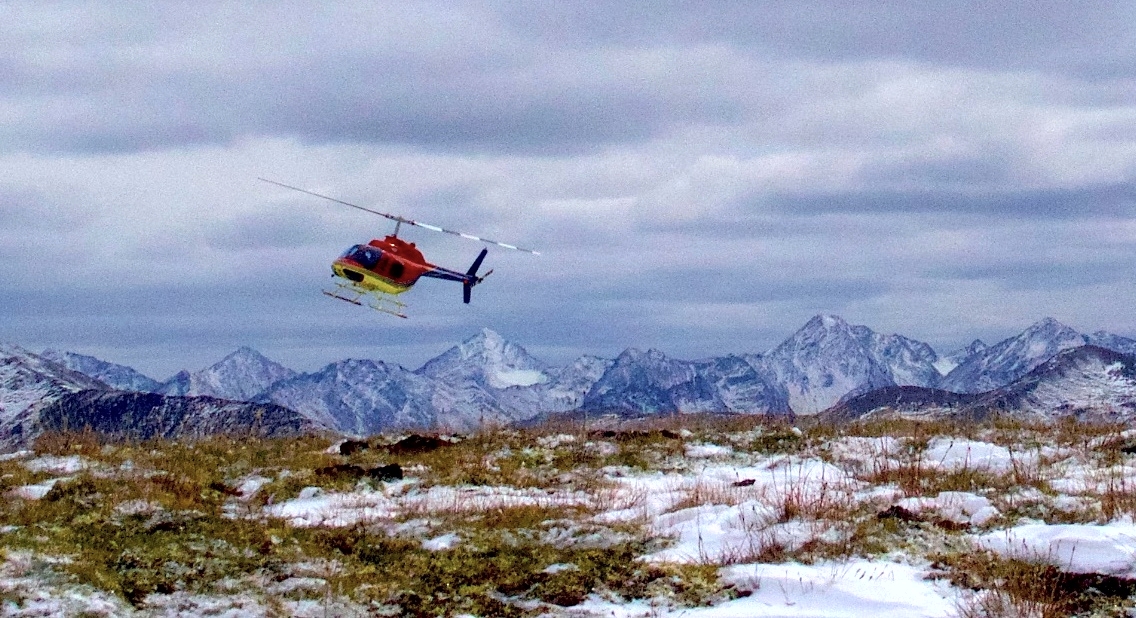 Free cash flow could be used to advance mid to early-stage gold projects; the Golden Culvert, YT, McIntyre Brook, NB, and Dingman, Ont. as well as a significant land position hosting three base metals deposits in the Bathurst base metals camp in New Brunswick, featuring the Captain copper-cobalt-gold deposit
Free cash flow could be used to advance mid to early-stage gold projects; the Golden Culvert, YT, McIntyre Brook, NB, and Dingman, Ont. as well as a significant land position hosting three base metals deposits in the Bathurst base metals camp in New Brunswick, featuring the Captain copper-cobalt-gold deposit
On December 13, 2021, Stratabound said it had acquired a 40% interest in Golden Culvert and Little Hyland properties in the Yukon through the completion of option payments. The company has the option to increase its stake to 100% through a final payment due in 2022. The December announcement came after the company recently reported the discovery of multiple new high-priority gold-in-soil anomalies derived from soil sampling programs concluded in the 2021 field season at the Golden Culvert.
Gold Culvert is located in the Little Hyland Valley District of southeastern Yukon, approximately 20 kilometres northeast of Seabridge Gold Inc.’s [SEA-TSX, SA-NYSE] 3 Aces and Aben Resources Ltd.’s [ABN-TSXV] Justin high grade gold projects in the southeast Yukon.
The project covers 99 square kilometres across a 28-kilometre mineralized trend. It is a relatively new discovery and was first staked in 2005. Work filed in Yukon mineral claims assessment reports has outlined a northerly-trending, 3.0 kilometre by 250 metre anomaly of +30 ppb gold, up to 791 ppb gold-in-soils that remains open at both ends.
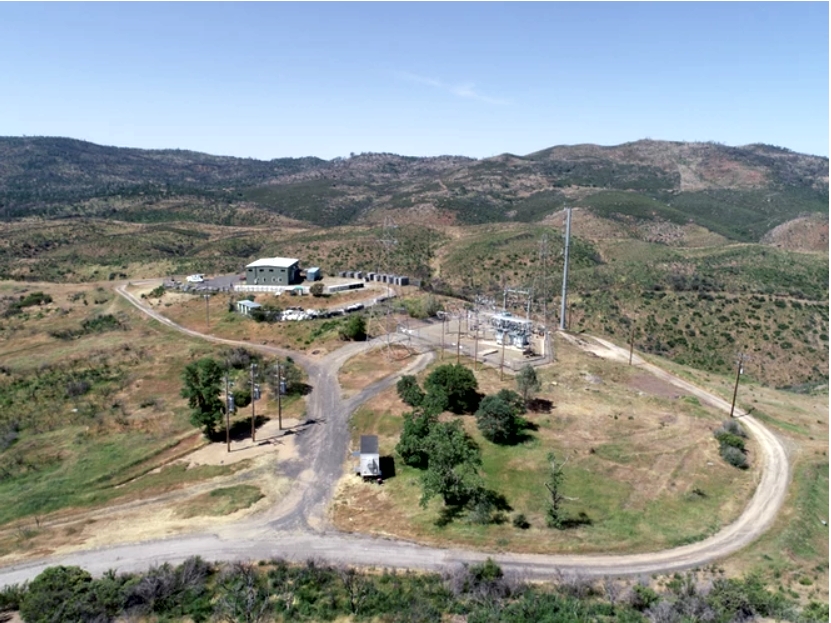 The company has said the new anomalies compare well with the original Golden Culvert Main Discovery Zone anomaly, which has yielded diamond drill results of up to 2.53 g/t gold over 33.1 metres, including 60.1 g/t gold over 0.9 metres, trench values of up to 95.0 g/t gold over 1.5 metres, and surface float train samples yielding up to 320 g/t gold within a 3.0 kilometre by 250-metre-wide gold-in-soil anomaly.
The company has said the new anomalies compare well with the original Golden Culvert Main Discovery Zone anomaly, which has yielded diamond drill results of up to 2.53 g/t gold over 33.1 metres, including 60.1 g/t gold over 0.9 metres, trench values of up to 95.0 g/t gold over 1.5 metres, and surface float train samples yielding up to 320 g/t gold within a 3.0 kilometre by 250-metre-wide gold-in-soil anomaly.
As a result of recent exploration, Stratabound has outlined five high-priority as well as many more smaller, less continuous targets for follow-up exploration work. “With a successful campaign completed in the northern 70% of the property we also look forward to exploring the remaining open-ended 30% to the south,” Tyler said.
When Stratabound initially gained the option on Golden Culvert in 2017, Tyler said he was confident that the junior markets will see the similarities between the project and the nearby 3 Aces property. He will also hope that the same applies to McIntyre Brook and the neighbouring Williams Brook Gold project, operated by Puma Exploration Inc.’s [PUMA-TSXV].
It is worth noting that numerous gold zones have been discovered on the Puma property through trenching and surface sampling, including the Lynx Gold zone, which reported selected grab samples yielding up to 241.0 g/t gold, 79.8 g/t gold and 74.2 g/t gold and initial drill results of 5.55 g/t gold over 50.1m reported just this past September.
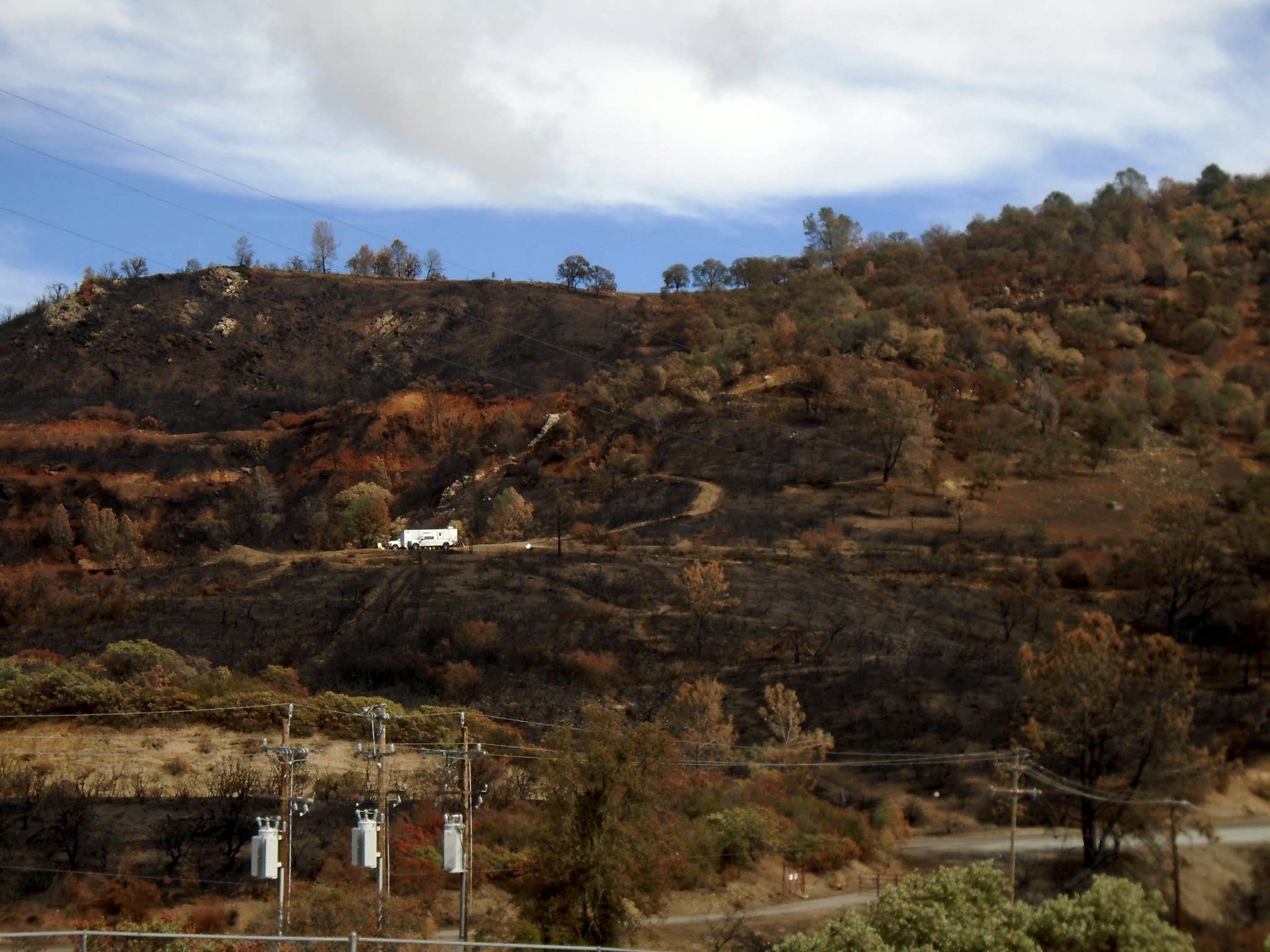 These zones, as well as the geophysical trends identified in airborne work and recently reported by Puma extend directly onto Stratabound ground.
These zones, as well as the geophysical trends identified in airborne work and recently reported by Puma extend directly onto Stratabound ground.
Back in June, 2021, Stratabound said it had launched its 2021 exploration campaign at McIntyre Brook with support from a $30,000 mineral exploration grant awarded via the New Brunswick Junior Mining Assistance program
It said the exploration work was designed to expand upon the 2,460-sample soil geochemistry program completed in 2021 along 12 kilometres of strike, which revealed multiple broad, linear and parallel soil geochemistry anomalies. Both gold and copper trends align with past significant gold and copper-mineralized showings, including the McIntyre Brook Zone, which features 40 significant gold values between 0.20 and 41.56 g/t gold collected from bedrock exposed in trenches along 300 metres of strike.
Follow-up work this year was expected to include closer-spaced sampling at 25-metre intervals, prospecting, geological mapping and trenching along selected anomalies, as well as first-pass soil sampling of the 31.2 square kilometres of additional property recent acquired via option agreements reported in November, 2020.
